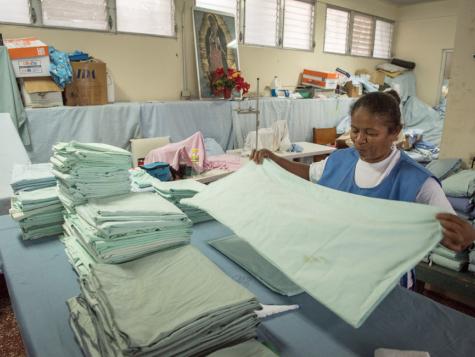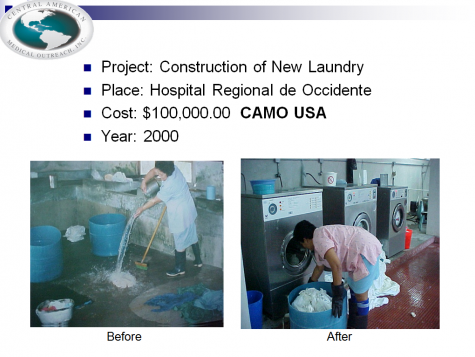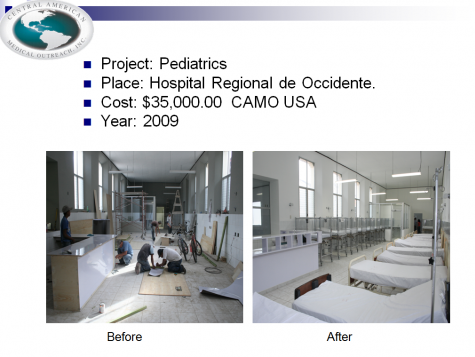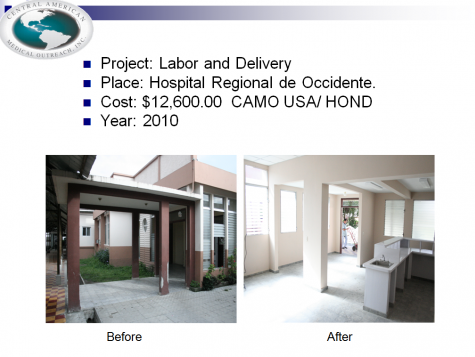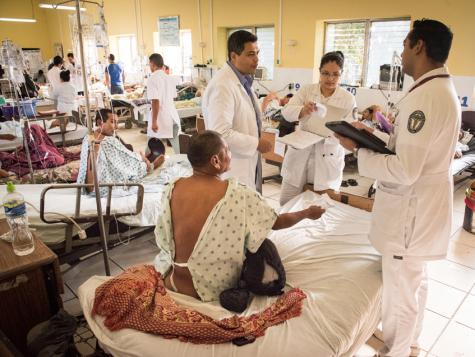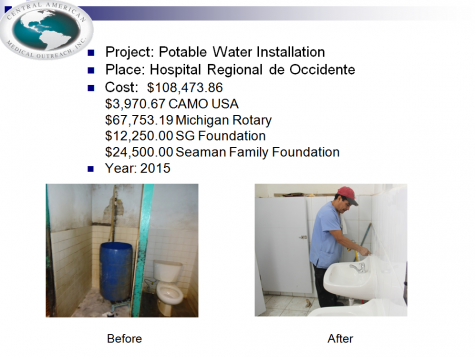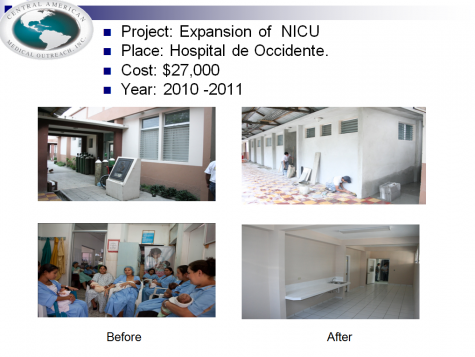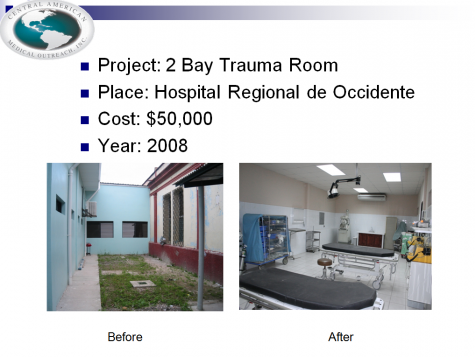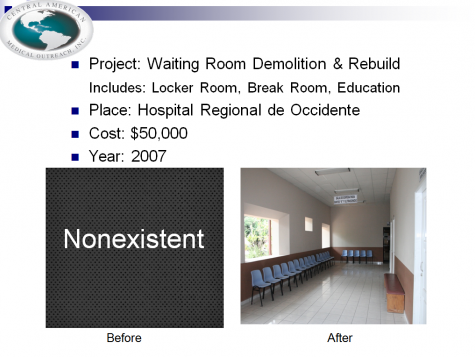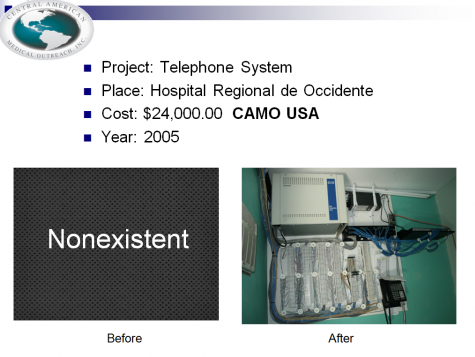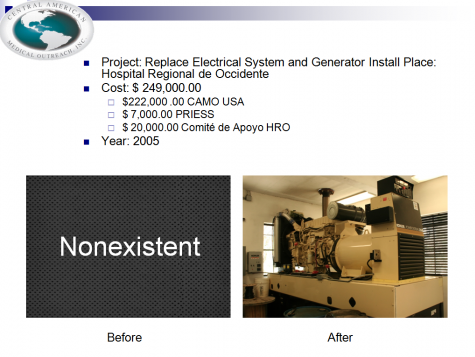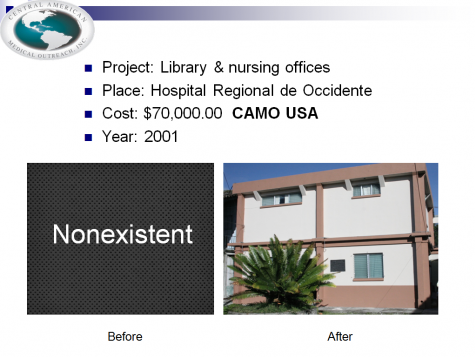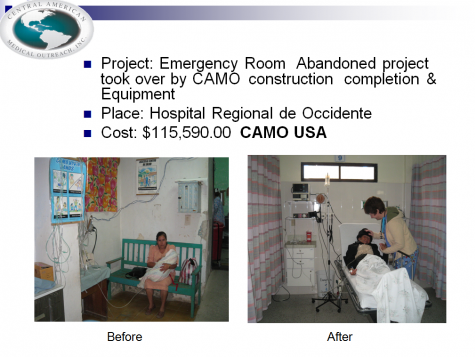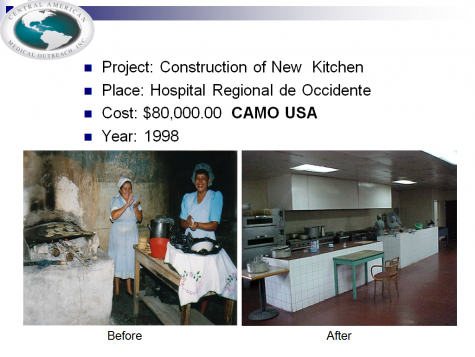"Without CAMO the public hospital would have collapsed"
- Dr. Roberto Alvarez -
Hospital Regional de Occidente (HRO) is the largest hospital in the western hemisphere of Honduras. CAMO’s intervention began in 1993, at which time there was no telephone system, no ventilators for babies or adults, and not a single heart monitor. Stucco was crumbling off the walls, the kitchen and laundry had no sanitation whatsoever and all supporting services were in absolute collapse. Still, this hospital was the primary place for patients who at that time knew they would come to the hospital to die because it had nothing more to offer.
By 2015, “public health care facilities in Santa Rosa [are] greatly improved and [are considered] the best in Honduras due to the interventions of CAMO,” according to Dr. Francis Contreras, Vice Minister of Health.
IMPACT: VICTORIES! CAMO manages all funding and construction of its projects. No subcontracts are signed.
- Water project: Installed first safe potable water delivery system.
- Labor and delivery expansion: Constructed space to provide first access to clean and safe birthing environment.
- Neonatal Intensive Care Unit: Created areas for breastfeeding mothers and their infants in order to eliminate knee-to-knee close quarters and exposure to contamination.
- Operating rooms: Repaired rooms so surgeries are free from dirty water leaking onto surgery tables and patients.
- Pediatric unit: Built first burn and isolation unit in western Honduras.
- Built new wing of Hospital Regional de Occidente:
- Endoscopy Unit
- Trauma Room
- Waiting Room
- X ray department
- New emergency room: Changed treatment from closet-size clinic (first-come, first-serve) to a functional emergency room with appropriate design, equipment and triage system.
- Established inter-hospital telephone system: Until a complete telephone system was installed in 2004, runners communicated with different departments across the 5-acre hospital facility.
- New electrical system: Prior to the installation of this independently powered electrical system, patients died during electrical outages.
- Established first medical library and training rooms: Classroom provided students with a facility to have formal medical training instead of incidental hallway and bedside education.
- New laundry facility: With this new facility complete with industrial-sized appliances, women no longer hand-washed the nearly 800 pounds of soiled sheets and linens using cauldron-boiled water and bleach.
- New kitchen facility: A new modern kitchen eliminated not only environmental dangers but created a safe food delivery system. Prior to this project, kitchen staff prepared up to 1000 meals a day with wood burning stoves and open flames.

